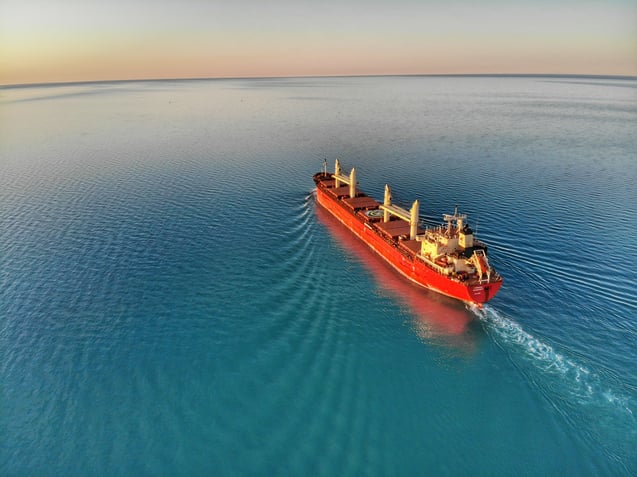
There are two transportation methods to choose from when shipping vehicles around the globe using maritime freight: RORO (Roll On – Roll Off) and containerised shipping. Both methods have been in place for decades, which suggests that they work well to suit a variety of needs and situations. However, there are important differences between RORO and containerised shipping, as well as pros and cons associated with each method. Let’s take a brief look.
What is RORO Transport?
RORO ferries are specialised vessels with large storage bays designed for carrying thousands of vehicles. Loading and unloading involves driving vehicles directly onto the ship and manoeuvring them into place. The process always entails using more than one transportation method, since vehicles need to be loaded onto trains or lorries to get to the departing port and then from the arrival port to their final destination.
How is Containerised Transport Different?
Containerised transport, on the other hand, involves stowing cars in shipping containers and transporting them on large, shallow berth container ships, usually alongside mixed consignments of other goods. This method involves securing vehicles to racks and then loading them into the container onshore or at the start of their journey, usually via forklift.

Comparing the Two Methods
Cost
The traditional advantage of roll on roll off shipping costs is that its cheaper cost per unit than containerised shipping, as a single ferry can easily accommodate large volume consignments. Container transport can be expensive when shipping a lot of cars, because without an efficient racking system each container will only accommodate 2-3 cars. However, recent developments in this sector, like the innovative steel racking solutions created by Trans-Rak, now make containerised shipping a more economical option for bulk shipping.
Risk of Damage
The risk of vehicles being damaged increases proportionally to the amount they are handled during the journey. RORO therefore carries a greater risk of damage, with many accidents occurring as vehicles are loaded and unloaded. Rough weather at sea can also damage vehicles, and non-containerised cars are at greater risk of vandalism or theft while waiting in port for embarkation.
With container shipping, on the other hand, containers are loaded and unloaded by crane, minimising the risk of human error during the handling process. Moreover, vehicles stay in a sealed container protected from the elements for the duration of the process, and therefore the risks of damaging the car are lower.
Versatility
The large stowage bays on RORO vessels are perfect for accommodating mixed consignments of different sized vehicles. That shipping containers couldn’t do this used to be one of the main drawbacks of containerised transport. This has now changed, however, due to the ability of racking systems such as our R-RAK to accommodate a variety of different vehicles in the same container.
Also, RORO is dependent on a vehicle being capable of being driven on board ship, which rules out non-running cars or those that may not start at the turn of the key (e.g. collectibles or classic cars). This does not pose a problem for containerised car transport. On the other hand, RORO may be the only option if you need to move mobile plant or large vehicles, as these may not fit in shipping containers unless dismantled.
Journey Time
RORO ships are slow vessels that require a deep water port due to their size and low berth, as well as needing embarkation points with secure onshore car storage facilities. This lowers your embarkation options and can add time to your journey, and since there are fewer RORO routes available, you may not find one that suits your delivery window. Container ships do not need specialist portside facilities and are not restricted in their use of shipping lanes and shallow water ports, so provide greater options when planning your journeys. Additionally, most container ships are significantly faster than RORO vessels, further shortening journey time.
Insurance
While RORO may sometimes be cheaper than container transport, insurance cover is limited as no port inspection reports are issued. In the event of damage, it may be hard to determine when the damage happened and to claim on insurance. Also, RORO shipments are often only insured for total loss, so you’ll have weigh up the risk of potential damage and the cost of repair against the actual shipping costs.
Find Out More
If you’d like to know how to make containerised shipping work for your needs and budget, get in touch with TransRak to request more information and a free quotation. A more in-depth analysis of the comparative benefits of RORO and container shipping can also be found in our free ebook: The Containerised Car Transport Guide. Click here to claim your copy.
Image source: Unsplash














